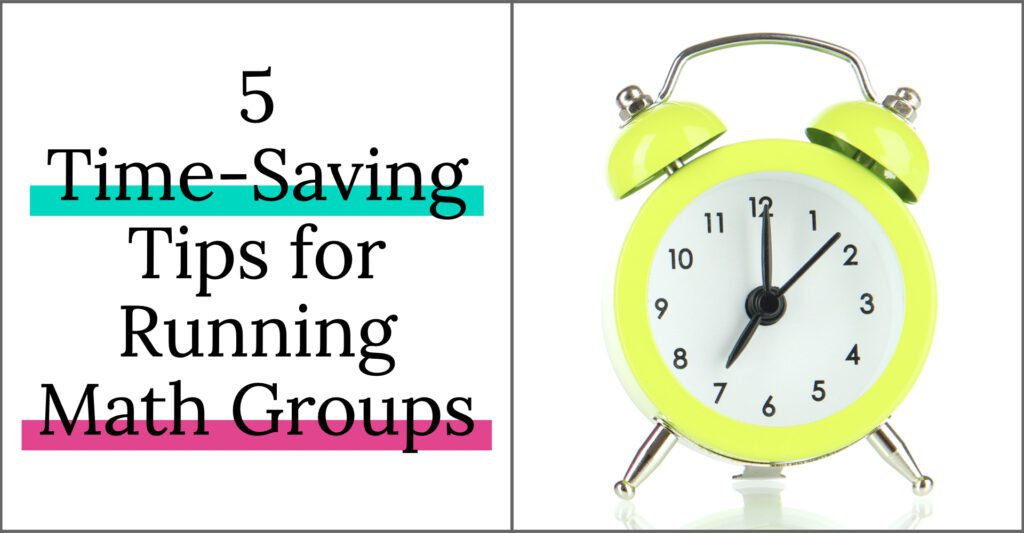
When I first decided to take the plunge and teach my math curriculum in small groups, I remember one of my biggest fears was how much time it was going to take! I already had so much on my plate in the classroom that I was scared to take on ONE MORE THING.
Well, after some trial and error, I found some critical routines that REALLY saved me time in planning and prepping for my math groups. I actually found that I was planning LESS than when I was teaching whole group! YES, I’m serious, and YES, I’ll tell you more!
1. Follow the Same Structure
As best as I can, I have the same structure to my math block every day. We start with our mini lesson/math talk, break into our small groups, rotate once, and then come back for a closing circle.
Students also rotate through the same 5-8 centers every week (e.g. small group, math journal, game with a partner…etc.). I adjust the content within each of these centers, but the routine itself is familiar.
Using the same structures means that every week I don’t have to reinvent the wheel. I have my road map. All I have to do is plug in the content. That alone is a HUGE time saver!
Bonus: My students know what to expect every day, which promotes independence and boosts confidence. When my students are confident, they are more willing to take risks in their learning! When they are more wiling to take risks, their learning takes off!
2. Make Students in Charge of Materials
I will admit, I was really hesitant to do this at first. I love a clean and organized environment, and I was worried that giving students the responsibility to get their materials and put them away would mean I’d still have to do a lot of “fixing” at the end of the day.
I am happy to report I was mistaken! I realized a few key ideas, invested time up front for modeling expectations, and we set off! What were those key ideas?
- Make sure everything has a CLEAR place
- Everything gets a label [See the labels I use here]
- Materials must be physically accessible
- Utilize functional storage. [See this post for more info]
3. Find A Planning Template

It truly doesn’t matter if you prefer paper to digital, or digital to paper. The only thing that matters is that:
- It works for you
- You USE it!
Find a method of planning, and carve out time for yourself to plan your groups, and DO it! Switching between planning systems (or staying in between systems) was definitely one of my biggest hidden time sucks. Don’t let it happen to you!
4. Use Familiar Activities
Similar to Tip #1, using familiar routines helps save so much time! In this tip, I’m moving past the structure of your math block, and into the activities themselves.
When my students go to Math Journals, they know the routine. They glue their open-ended prompt to the top of their page, and they share their ideas with numbers, pictures, and words for the length of the rotation. The activity is familiar. It doesn’t change. That means I don’t have to waste time explaining what to do each day/week. #WIN
Utilizing familiar games and activities where the content can be altered is also key! Great examples include Kaboom! and Bump! These games are not only student favorites, but the content can quickly be changed up for whatever your focus is for your group.
Again, you save time because you already have your go-to activities so minimal planning, AND you save even more because your students already know what to do, so they are independent!
5. Naturally Differentiated Activities
My final tip today is to find activities and games that can be naturally differentiated without needing to change materials (less prep!) Games where you can simply use three dice instead of two, or add another card to make it a 2-digit game instead of single digit are PERFECT.
This allows you prep less, because your groups are using the same materials. All that changes is HOW they use them!
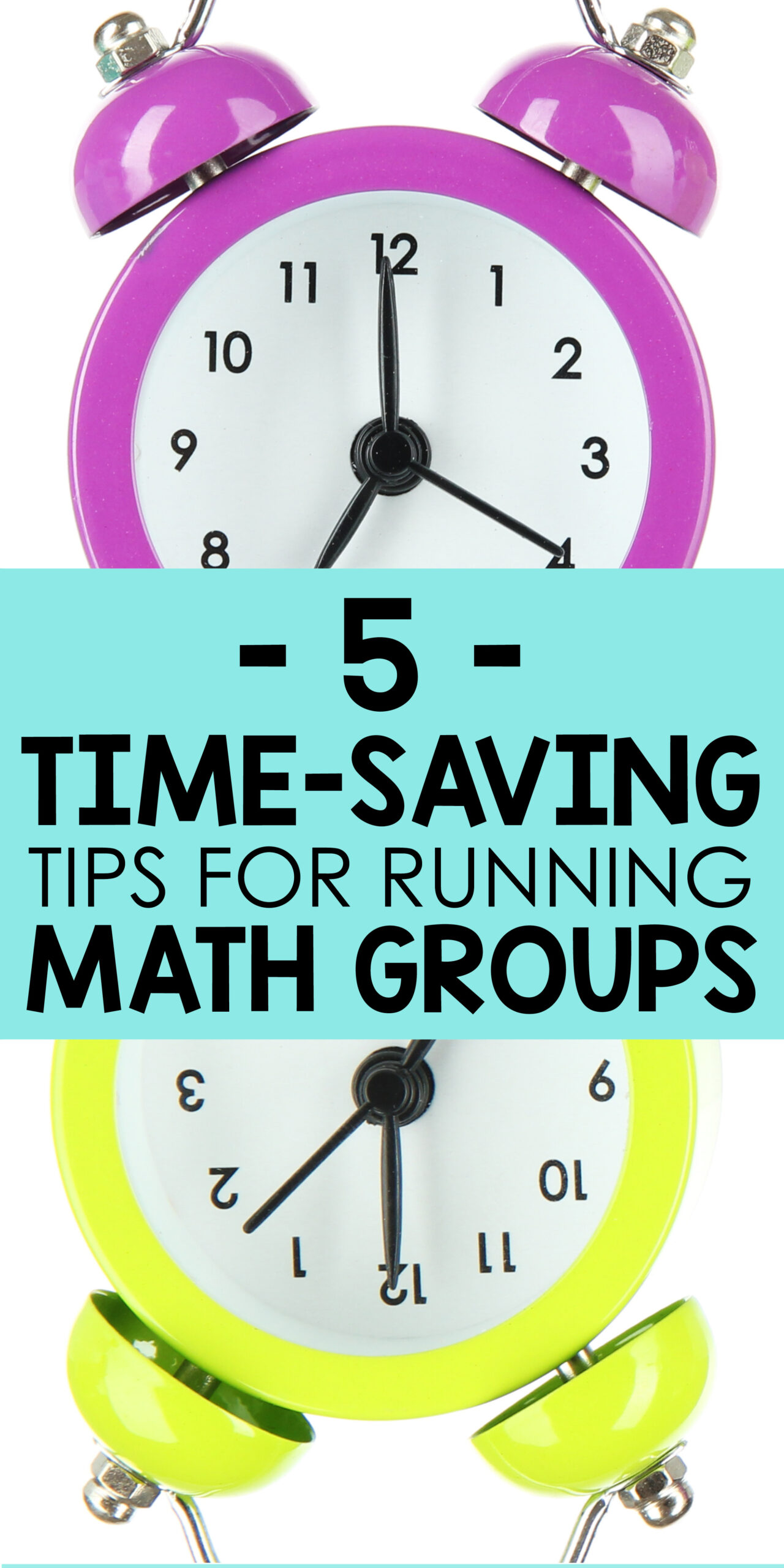

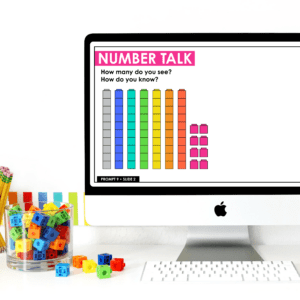
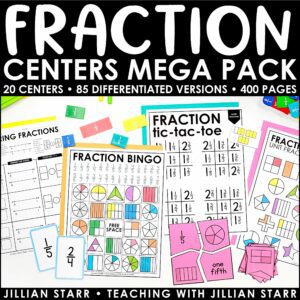
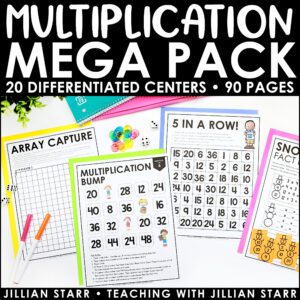
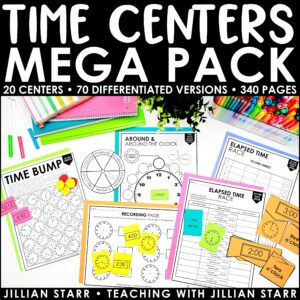
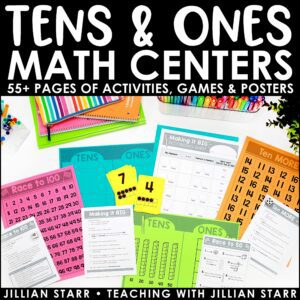
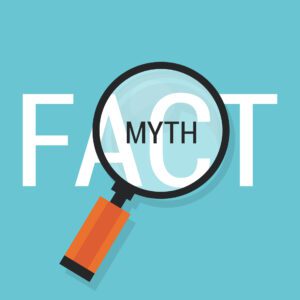
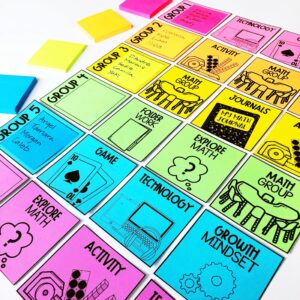
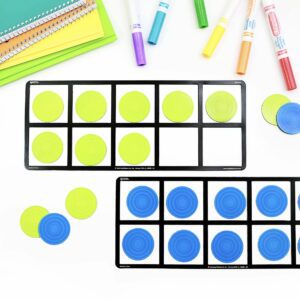


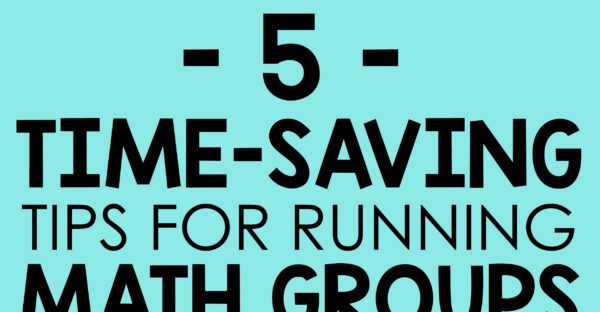
Leave a Comment